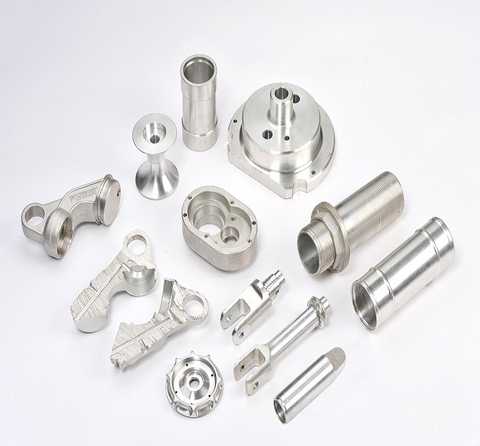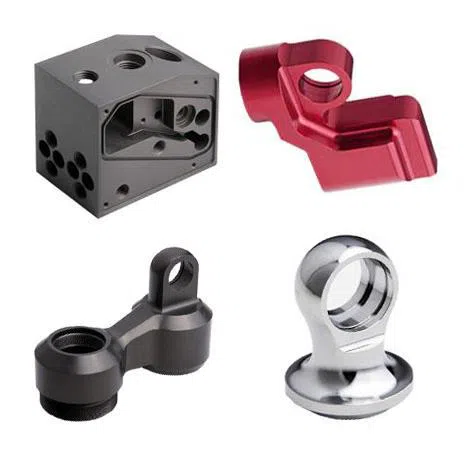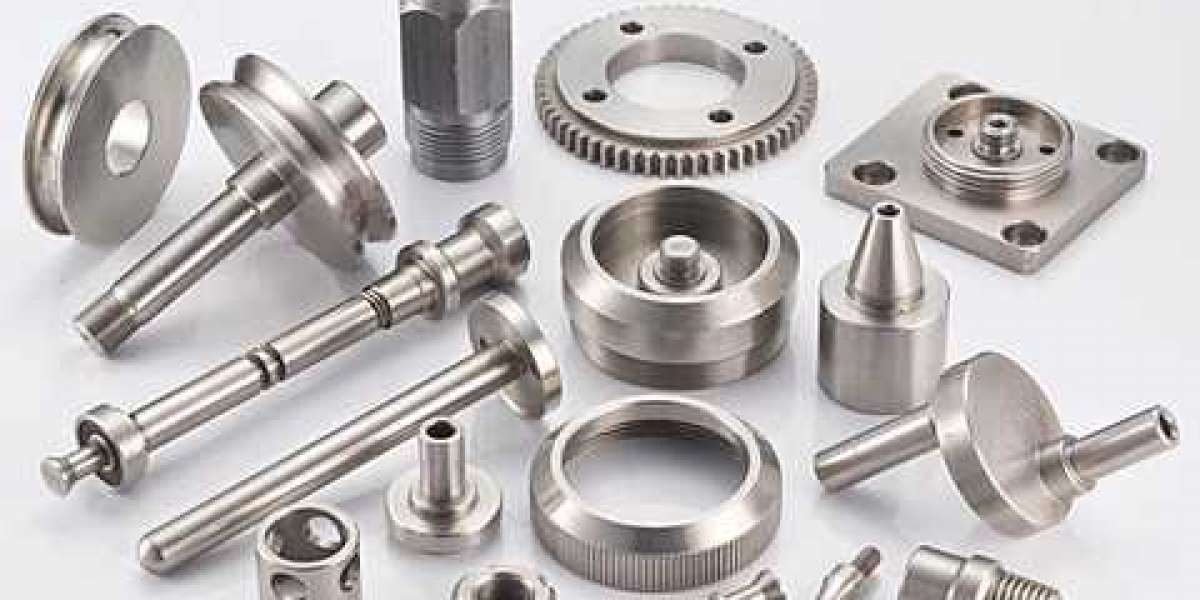When it comes to the fabrication of plastic components, two of the most common processes that are used are known as injection molding and vacuum casting. Both of these methods involve the use of a mold. One of the processes that can be used is injection molding, and the other one is vacuum casting. One of the manufacturing processes that a significant number of companies make use of is called injection molding. These questions are examples of the kinds of inquiries that are asked of us on a regular basis, and we have provided them for your consideration because they are representative of the types of inquiries that are asked. After spending just a few minutes reading the content on our website, which you can do in just a few minutes, you will have more knowledge about them than you did before. You will be able to do this by reading the content on our website.
Injection molding has a number of advantages over vacuum casting because it offers a greater number of different customization options. One of these advantages is the ability to produce complex shapes.
When the prices of vacuum forming and injection molding are compared, approximately how much of a difference can be anticipated between the two processes in terms of the prices that they charge for their respective services?
The undertaking that you are presently engaged in will serve as a primary factor in deciding how you should respond to this inquiry. In the process of aluminum casting, also known as vacuum forming, the plastic molds are formed in a matter of hours as opposed to days. This makes the process significantly faster than traditional casting methods. This makes the process a great deal quicker than casting methods that have been used traditionally. Because of this, the procedure moves along at a significantly faster pace. Because of this, the process as a whole moves along at a significantly faster pace than before. In a similar vein, the production of injection molds can take up to a month or even longer in some cases, depending on the complexity of the mold. In this context, "injection molds" refers to molds that are used to make plastic parts. In this discussion, injection molds refer to the molds that are utilized in the process of fabricating plastic components. Because of this, if you have a low-volume prototyping project, you should consider using vacuum forming rather than injection molding because vacuum forming will be more cost-effective for you. If you have any questions about this topic, feel free to contact us.
An alternative to injection molding is the process of vacuum forming. You can also choose to create the part by employing vacuum forming rather than injection molding if that better suits your needs. Vacuum forming is going to be the option that will require the greatest increase in both the amount of money and the amount of time that you invest in order to produce the greatest number of plastic components, and this is going to be the case if you want to make a significant number of components made of plastic. If you want to make a significant number of plastic components, vacuum forming is going to be the option that will require the greatest increase in both the amount of money and the amount of time that you invest.
What are some of the benefits that come along with employing the process of vacuum casting, and how can these benefits be used to one's advantage in order to maximize one's potential for success?
When it comes to low-volume prototyping, the process that is known as vacuum casting is frequently considered to be the method of choice due to the many advantages that it offers. This is because vacuum casting is a process that requires steps to complete. Your current endeavor, which entails the production of plastic goods, stands to benefit from this development in a variety of different ways, depending on the specific application. One of those ways is the reduction in the cost of production. One of these approaches is the possibility of lowering the costs of production.
When producing components made of plastic, using molds made of plastic during the vacuum casting process contributes to increased efficiency and lower overall costs for the production of those components. This is because using molds made of plastic reduces the need for additional labor during the production process. The price of the mold is a significant portion of what would have to be paid for a metal mold in order to acquire one.
Rapid Prototyping. As long as the correct steps are followed, the mold can be fashioned out of silicone in a matter of a few hours at the very most.
Outstanding with regard to the standard of quality. The surface finish of the prototypes that are produced through the process of vacuum casting is of an extremely high quality, which contributes to the excellent overall quality of the cast parts. This is accomplished by using a vacuum to remove the majority of the air from the casting environment.
In what ways does the process of vacuum casting fall short, both in terms of the technical capabilities it possesses and the practical applications it is able to have? Specifically, what are some of these areas?

In order to make effective use of vacuum casting, you first need to have a comprehensive understanding of the limitations that are inherent to the process. Only then will you be able to use vacuum casting to its full potential. After that, and only then, will you be able to fully take advantage of everything that aluminum casting has to offer. You won't be able to fully maximize its potential until you first do the things that are required to do so.
1. The criteria that determine the level of tolerance are not held to an especially lofty standard in terms of how high the bar should be set. When working with silicone, the process of reducing the size of the mold to the specific dimensions that are required while doing so is a straightforward one. It is possible to deduce, given that the shrinkage is approximately 2%, that the tolerance of the finished plastic parts is not particularly stringent. This is because the shrinkage is so low. This is because the shrinkage accounts for about 2% of the total. This is as a result of the incredibly low amount of shrinkage that occurred. This is due to the astonishingly negligible amount of shrinkage that took place during the process. If your project requires tolerances that are extremely precise, then vacuum casting is probably not the best option for you to go with. There are a lot of other options out there. There are a plethora of other choices available to you.
2. Due to the fact that it is so rare, it can only be effectively utilized in the production of a small quantity at a time. Plastic molds have a shorter lifespan than silicone molds due to the fact that the number of times a particular silicone mold can be used is restricted, whereas the number of times a plastic mold can be used is not restricted. As a result of this difference, the lifespan of plastic molds is shorter than the lifespan of silicone molds. Molds that are made of plastic can be used without limit for an indefinite amount of time before they need to be replaced. The silicone mold will become warped after it has been used for thirty or more times, which will result in accuracy issues with the parts that are produced from it. Once the mold has been heated, this warping will start to take place.
3. In spite of the fact that the product's design is straightforward, it does need additional assembly in order for it to serve the purpose for which it was intended. In order to finish the process of putting the components together, it is going to take more time and effort than was initially anticipated. In addition, in order for the silicone mold to function correctly, it can only be used in the production of plastic components that have relatively straightforward designs. This is the only application for which it is suitable. This limitation pertains to the application of the mold in any and all other possible settings. This is the only application for which it could possibly be considered appropriate; any other use would be inappropriate.
4. Defects that are repeatedly discovered in the finished product despite the application of quality control measuresIf there is a problem with the silicone molds, there will be an effect on the accuracy of the products that are finished. This will be the case whether or not there is a problem. On the other hand, if the master piece is flawed in any way, then this will have a significant bearing on the tolerance, as this will result in a reduction in the quality as a whole. This will have an adverse effect on the quality as a whole.

5. Plastics are the only materials that can be used as a suitable replacement for any other type. Plastic is the only kind of material that can be poured into a mold while using a vacuum casting process; the process is incompatible with any other kind of material. When working with metal, the temperatures required to melt the material and shape it must be significantly higher than when working with other materials. Citation needed Citation neededNeeds additional citationsNeeds additional citationsAs a direct result of what has transpired, the silicone mold is going to sustain significant damage as a direct result of what has transpired.





